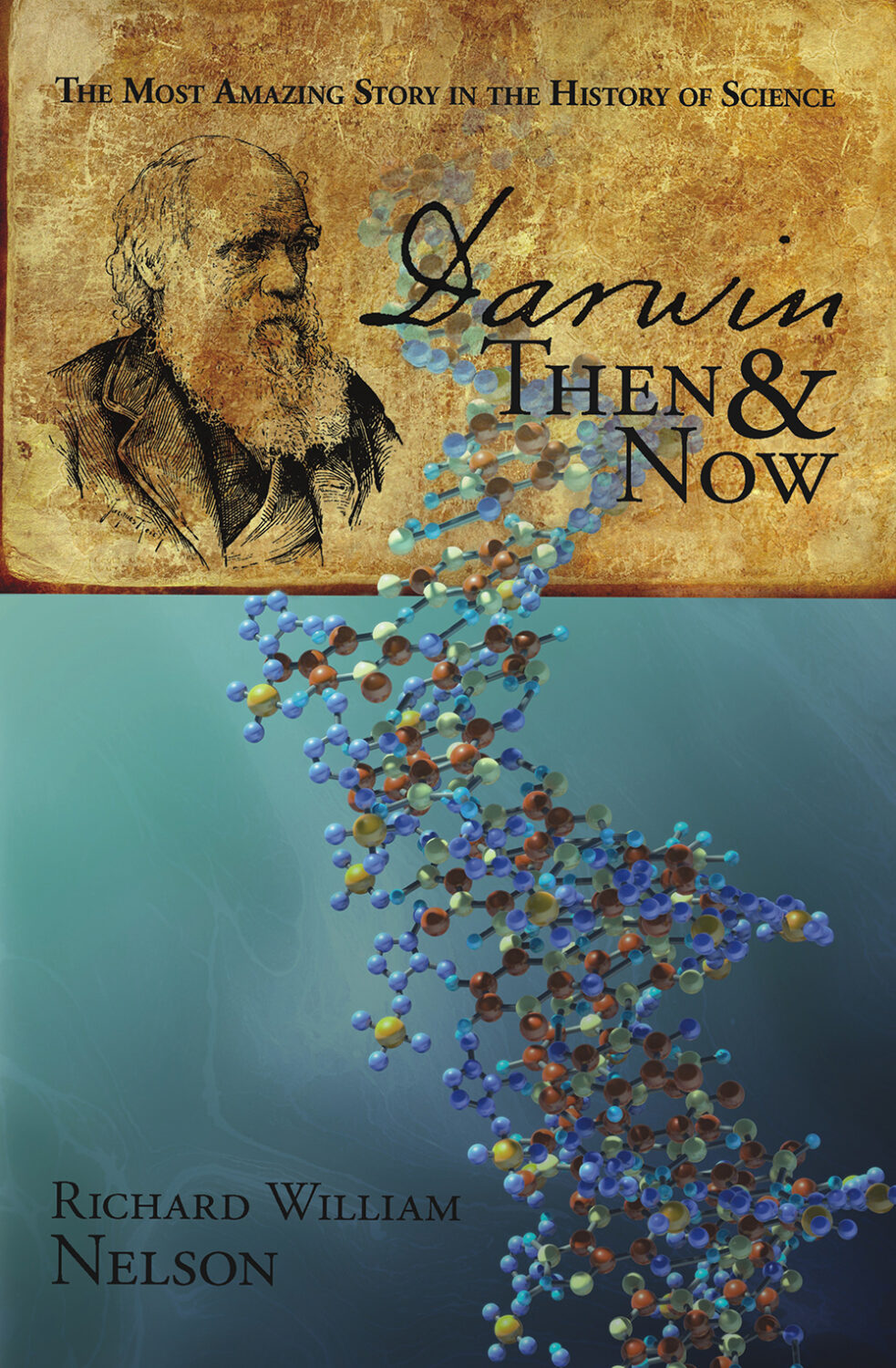by Richard William Nelson | Dec 14, 2013
 Origin of Life scientists will assemble next month in Galveston, Texas, for the “Understanding the Origin and Evolution of Life on Earth and the Galaxy” conference hosted by Gordon Research Conferences (GRC), a non-profit organization started in 1931.
Origin of Life scientists will assemble next month in Galveston, Texas, for the “Understanding the Origin and Evolution of Life on Earth and the Galaxy” conference hosted by Gordon Research Conferences (GRC), a non-profit organization started in 1931.
GRC gives scientists a forum to discuss “frontier research in the biological, chemical, and physical sciences, and their related technologies.” Access to the conference, however, is restricted. Only those who have been sent an invitation can register − not even the press. The conference attendees must agree not to quote anyone. GRC is concealing the origin of life research. Australian news reporter, Suzan Mazur, concerned about the lack of transparency, published an interview with the conference organizer, Steve Benner, posted on the Huffington Post, noting:
“So I decided to have a chat with Steve Benner about the upcoming Texas Origins meeting.”
Continue Reading
by Richard William Nelson | Nov 10, 2013
 Radiometric dating is one of the most popular techniques in paleontology to establish the age of materials like stones and bones. Reported dates often fall in the millions or billions of years.
Radiometric dating is one of the most popular techniques in paleontology to establish the age of materials like stones and bones. Reported dates often fall in the millions or billions of years.
However, questions surround the art of radiometric dating − for good reasons. The Public Broadcasting Service (PBS) recently ran the story “1.8 million-year-old skull may revise understanding of human evolution.”
Since the skull was unearthed in a medieval village in the former Soviet Republic of Georgia, known as Dmanisi, dating back to the ninth century A.D., the apparent question centers on the validity of the million-year radiometric dating of the skull found within the same geological stratum as the village.
Continue Reading
by Richard William Nelson | Oct 24, 2013
 For more than two decades, international teams of paleoanthropologists have been discovering human-like fossils from a medieval archaeological site in the former Soviet Republic of Georgia known as Dmanisi.
For more than two decades, international teams of paleoanthropologists have been discovering human-like fossils from a medieval archaeological site in the former Soviet Republic of Georgia known as Dmanisi.
A new human Georgian skull further fuels the dilemma. In 1991, David Lordkipanidze of the Georgian National Museum in Tbilisi discovered the first four human-like fossils.
Increased archaeological interest in this Georgian site began in 1936 following the discovery of ancient and medieval artifacts.
Continue Reading
by Richard William Nelson | Oct 10, 2013
 Scientists have long known that extremely low levels of free oxygen [< 10-5] atmosphere on early Earth are critical for any viable origin of life model of evolution.
Scientists have long known that extremely low levels of free oxygen [< 10-5] atmosphere on early Earth are critical for any viable origin of life model of evolution.
The controversy surrounding the atmospheric concentration of oxygen in the origin of life stems from the laws of organic chemistry.
The autonomous assembly of complex organic molecules has only been observed in an oxygen-free atmosphere.
However, the evidence for an oxygen-free Earth atmosphere has a checkered history.
Continue Reading
by Richard William Nelson | Sep 27, 2013
 As a student at Christ’s College in Cambridge (1827-1831), Charles Darwin was reported given his first microscope by one of his insect-collecting friends, John Maurice Herbert. Today, scientists use satellite nanoscopes to study intracellular molecular dynamics and signaling networks between cells.
As a student at Christ’s College in Cambridge (1827-1831), Charles Darwin was reported given his first microscope by one of his insect-collecting friends, John Maurice Herbert. Today, scientists use satellite nanoscopes to study intracellular molecular dynamics and signaling networks between cells.
While loop networks have long been used in architecture, Uri Alon of the Weizmann Institute of Science is credited with discovering them in biology.
In 2002, Alon published an article entitled “Network motifs in the transcriptional regulation network of Escherichia coli” in the April edition of the journal Nature Genetics. These newly recognized loop networks, however, challenge the theory of evolution.
Continue Reading
by Richard William Nelson | Sep 20, 2013
 Geographical isolation is a driving force of speciation, hypothesized by Charles Darwin in The Origin of Species by means of natural selection. The emergence of new species is “chiefly grounded on the laws of geographical distribution, that forms now perfectly distinct [species] have descended from a single parent-form,” Darwin argued.
Geographical isolation is a driving force of speciation, hypothesized by Charles Darwin in The Origin of Species by means of natural selection. The emergence of new species is “chiefly grounded on the laws of geographical distribution, that forms now perfectly distinct [species] have descended from a single parent-form,” Darwin argued.
The University of California, Berkeley (UCB) Evolution 101 hosts the website page “Causes of Speciation.” Their argument for the theory is logical:
“Scientists think that geographic isolation is a common way for the process of speciation to begin: rivers change course, mountains rise, continents drift, organisms migrate, and what was once a continuous population is divided into two or more smaller populations.”
Continue Reading
by Richard William Nelson | Jul 5, 2013
 In December 1834, during the five-year voyage of the HMS Beagle, Charles Darwin described the colorings of an unusual frog on the temperate forest Island of Lemuy, Chiloe Archipelago, in his Beagle field notebook. Named in his honor, Rhinoderma darwinii, Darwin’s frog now faces extinction, not evolution.
In December 1834, during the five-year voyage of the HMS Beagle, Charles Darwin described the colorings of an unusual frog on the temperate forest Island of Lemuy, Chiloe Archipelago, in his Beagle field notebook. Named in his honor, Rhinoderma darwinii, Darwin’s frog now faces extinction, not evolution.
The only known sister Rhinoderma species, Rhinoderma rufum, was discovered by French zoologist André Marie Constant Duméril (1774 – 1860) in Argentina. In 2004, the International Union for Conservation of Nature (IUCN) listed R. rufum as “critically endangered” and R. darwinii as “vulnerable.”
Continue Reading
by Richard William Nelson | Jun 21, 2013
 The history of the evolutionary tree of life, from ancient Greek philosophers to twenty-first-century scientists, provides insights into the theory’s origin and its evolution through Western civilization.
The history of the evolutionary tree of life, from ancient Greek philosophers to twenty-first-century scientists, provides insights into the theory’s origin and its evolution through Western civilization.
While approaches have been diverse, elements that progress in increasing complexity over time are a constant theme.
Porphyry (234–305 BC), a third-century Greek philosopher, composed the first known tree of life in his work entitled Isagoge while living in Sicily. Isagoge is an “Introduction” by Porphyry edited into Aristotle‘s (384–322 BC) text known as Categories.
Continue Reading
by Richard William Nelson | Jun 14, 2013
 Charles Darwin started the debate over where humans originated. In the 19th century, most evolution scientists believed that humans originated in Asia — a theory known as the Out-of-Asia model. In the 6th Edition of The Origin of Species (1872), while Darwin mentions “humans” ten times, he never discusses the origin of humans.
Charles Darwin started the debate over where humans originated. In the 19th century, most evolution scientists believed that humans originated in Asia — a theory known as the Out-of-Asia model. In the 6th Edition of The Origin of Species (1872), while Darwin mentions “humans” ten times, he never discusses the origin of humans.
Darwin studied African apes for the 1st Edition of The Descent of Man (1871). In the section entitled “On the Birthplace and Antiquity of Man,” Darwin argued –
“It is somewhat more probable that our early progenitors lived on the African continent than elsewhere.”
Darwin started the Out-of-Africa vs. Out-of-Asia dilemma.
Continue Reading
by Richard William Nelson | May 11, 2013
 Embryology plays a critical role in Charles Darwin’s theory of evolution. The “leading facts in embryology … [were] second to none in importance,” he argued in The Origin of Species.
Embryology plays a critical role in Charles Darwin’s theory of evolution. The “leading facts in embryology … [were] second to none in importance,” he argued in The Origin of Species.
Illustrations of embryos by Ernst Haeckel, a German biologist, influenced Darwin. Haeckel’s drawings depict embryos repeating the steps of evolution, a concept known as the “ontogeny recapitulates phylogeny” theory.
It is believed that genes drive evolution through the process of natural selection. Since turtles have a unique body plan, studying the turtle genome during embryonic development is expected to give insight into their origin.
Continue Reading
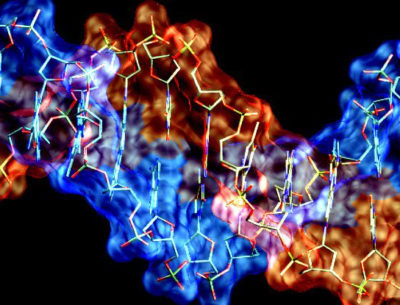 Origin of Life scientists will assemble next month in Galveston, Texas, for the “Understanding the Origin and Evolution of Life on Earth and the Galaxy” conference hosted by Gordon Research Conferences (GRC), a non-profit organization started in 1931.
Origin of Life scientists will assemble next month in Galveston, Texas, for the “Understanding the Origin and Evolution of Life on Earth and the Galaxy” conference hosted by Gordon Research Conferences (GRC), a non-profit organization started in 1931.


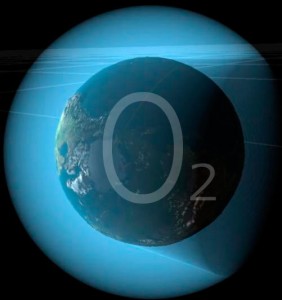
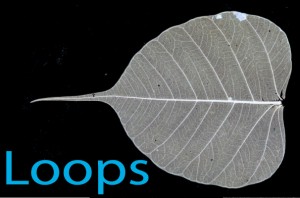
 Geographical isolation is a driving force of speciation, hypothesized by
Geographical isolation is a driving force of speciation, hypothesized by 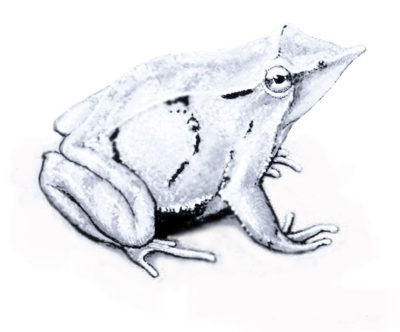 In December 1834, during the five-year voyage of the
In December 1834, during the five-year voyage of the  The history of the evolutionary tree of life, from ancient Greek philosophers to twenty-first-century scientists, provides insights into the theory’s origin and its evolution through Western civilization.
The history of the evolutionary tree of life, from ancient Greek philosophers to twenty-first-century scientists, provides insights into the theory’s origin and its evolution through Western civilization.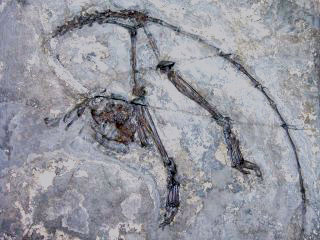 Charles Darwin started the debate over where humans originated. In the 19th century, most evolution scientists believed that humans originated in Asia — a theory known as the
Charles Darwin started the debate over where humans originated. In the 19th century, most evolution scientists believed that humans originated in Asia — a theory known as the  Embryology plays a critical role in
Embryology plays a critical role in 